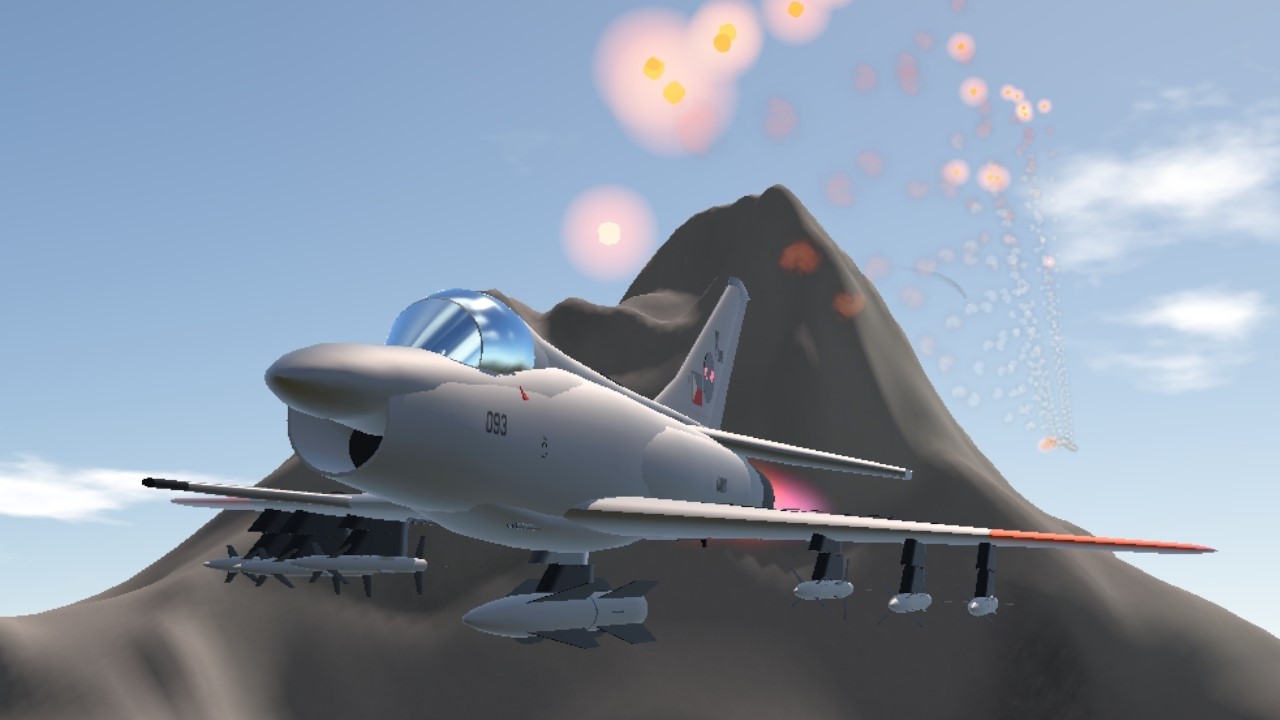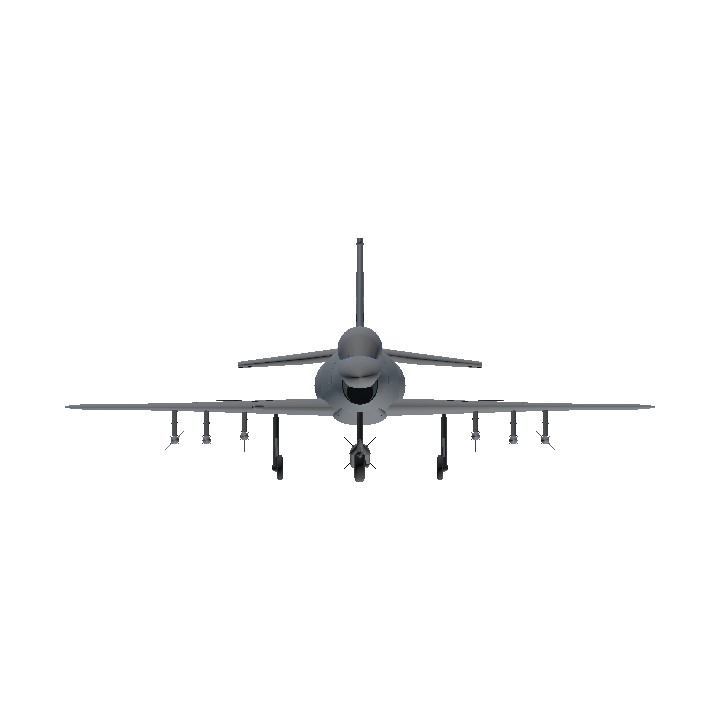The FHI-Gloster F-71 Viper is a series of 1950s Aegyptican supersonic, Carrier-based Multirole aircraft. The design was built between 1955 and 1968, and was used by numerous nations. It was considered a contemporary to the Russian MiG-21.
F-71 Viper

A pair of ARN F-71A over Siberia during a joint exercise with the Russian Air Forces, Sometime in 1960.
Role
Mulitrole Naval Aircraft
National Origin
Aegyptica
Manufacturer
FHI
First Flight
June 1955
Introduction
March 1957 ARN
Status
Retired
Primary Users
Aegyptican Royal Navy
Aegyptican Royal Air Force
Royal Navy
French Navy
Produced
1955-1968
Number Built
3,280
The Viper was born out of an ARN Request for a Naval Multirole Aircraft capable of carrying at least 5,000lb of ordinance, issued in early-1950. In the request, the Aegyptican Royal Navy explicitly set requirements for a twin-engine aircraft. FHI, being relatively new to jet Fighters at the time, enlisted the help of Gloster Aircraft Company to assist in the design the aircraft. The initial prototype, built in late-1951, shared a similar design language with the ageing Gloster Meteor, and was rejected by the ARN for its subpar performance and limited range. In mid-1952, Gloster, having a design of their own that had been canceled for lack of funding, presented the design to the FHI head engineers. The aircraft, designated P.719, was a single engined fighter originally built for the RAF, and as such was not suitable for carrier operations. FHI, however, saw the potential of the main fuselage, accepted the design, and redesigned the rear airframe to accommodate a pair of Winfield Jetmaster turbojet engines. The Winfield engines, however, were substantially underpowered, barely getting the aircraft past 600mph. The engines were subsequently replaced with more powerful Pratt & Whitney J57 turbojet. This enabled the prototype to achieve speeds in excess of 800mph, a surprise for not only FHI and Gloster, but also for the ARN. The P.719K2 thus became just the 2nd western fighter to exceed the speed of sound in level flight. Over the next 17 months, the aircraft was heavily modified to accept numerous news pieces of technology. In June 1955, the newly named XF-71 Made its first flight during the Paris Air Show. During the test flight, FHI and Gloster received requests from numerous nations for an export variant. The requests were approved, and the newly designated YF-71 Viper began pre-production. In October 1956, the aircraft officially began full production, and was introduced into service with the ARN in March 1957. In Aegyptican service, the F-71 series was most used by the TF-22 "Hounds of Tindalos". It also saw heavy usage in the ARAF with its F-71A2 variant.
Armament (as shown)
2x M46 23mm Autocannon (23mm Lampero)
1x AGM-127A Predator Anti-Ship Missile
6x AIM-12A Eliminator
Powerplant
2x Pratt & Whitney J57 11,700lbf each (17,200 afterburner)
Performance
Maximum Speed: 973mph, at 35,000ft
Range: 990 (1,139mi, 1,833km)
Combat Range: 594nmi (684mi, 1,100km)
Service Ceiling: 43,000ft (13,106m)
g Limits: +7.5 -2
Wing Loading: 70.8lbs/sqft
Thrust-weight ratio: 0.819
Controls:
AG1 nuthin
AG2 Tailhook
AG3 Drag Chute
AG4 Release Centerline Pylon
AG5 nuthin
AG6 nuthin
AG7 nuthin
AG8 nuthin
Specifications
General Characteristics
- Successors 2 airplane(s) +140 bonus
- Created On Android
- Wingspan 38.2ft (11.7m)
- Length 46.4ft (14.2m)
- Height 15.8ft (4.8m)
- Empty Weight 19,449lbs (8,821kg)
- Loaded Weight 26,600lbs (12,065kg)
Performance
- Power/Weight Ratio 6.843
- Wing Loading 70.8lbs/ft2 (345.6kg/m2)
- Wing Area 375.8ft2 (34.9m2)
- Drag Points 8765
Parts
- Number of Parts 316
- Control Surfaces 8
- Performance Cost 1,131





@001 ?
@Bryan5
Cool plane...